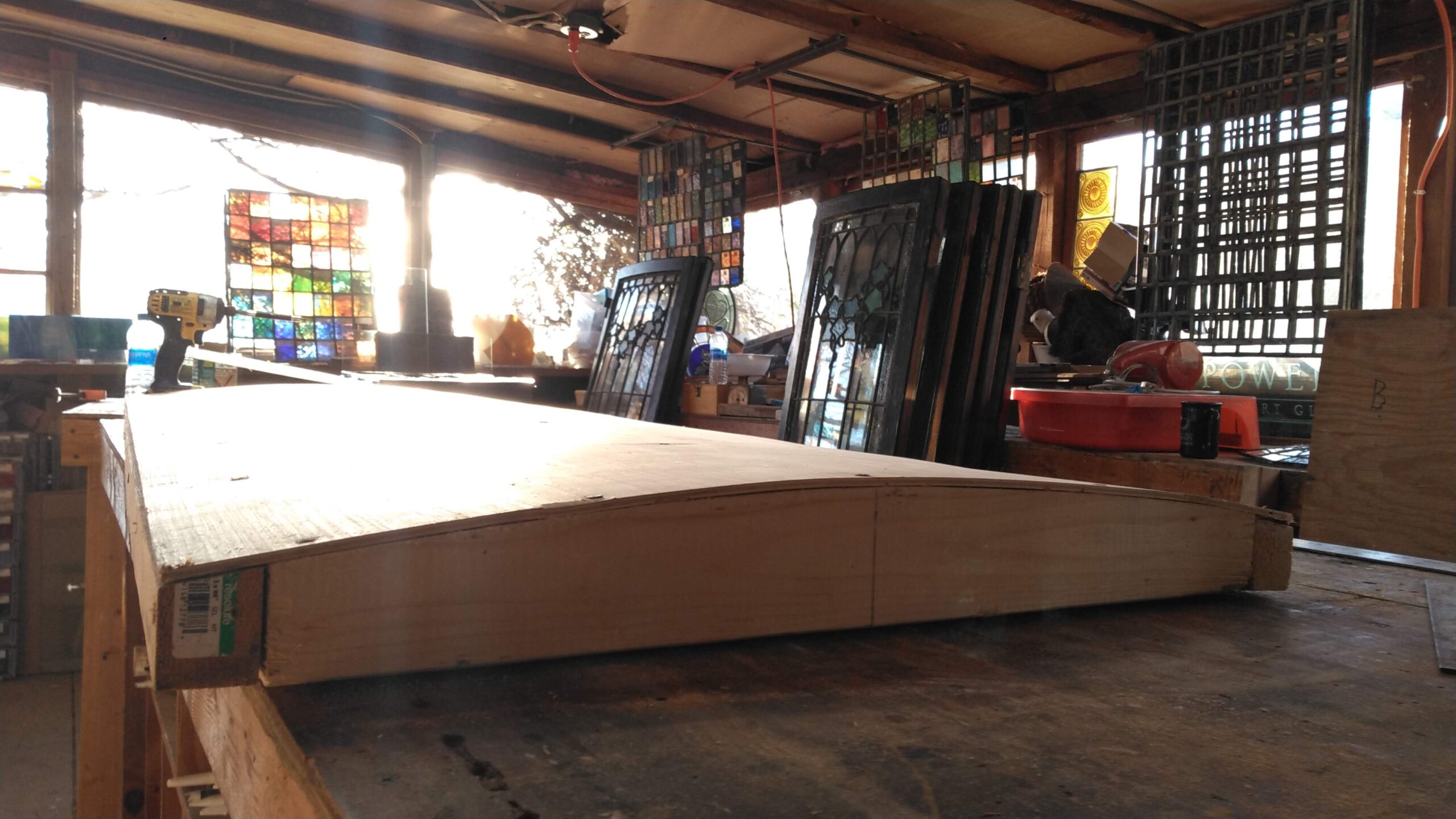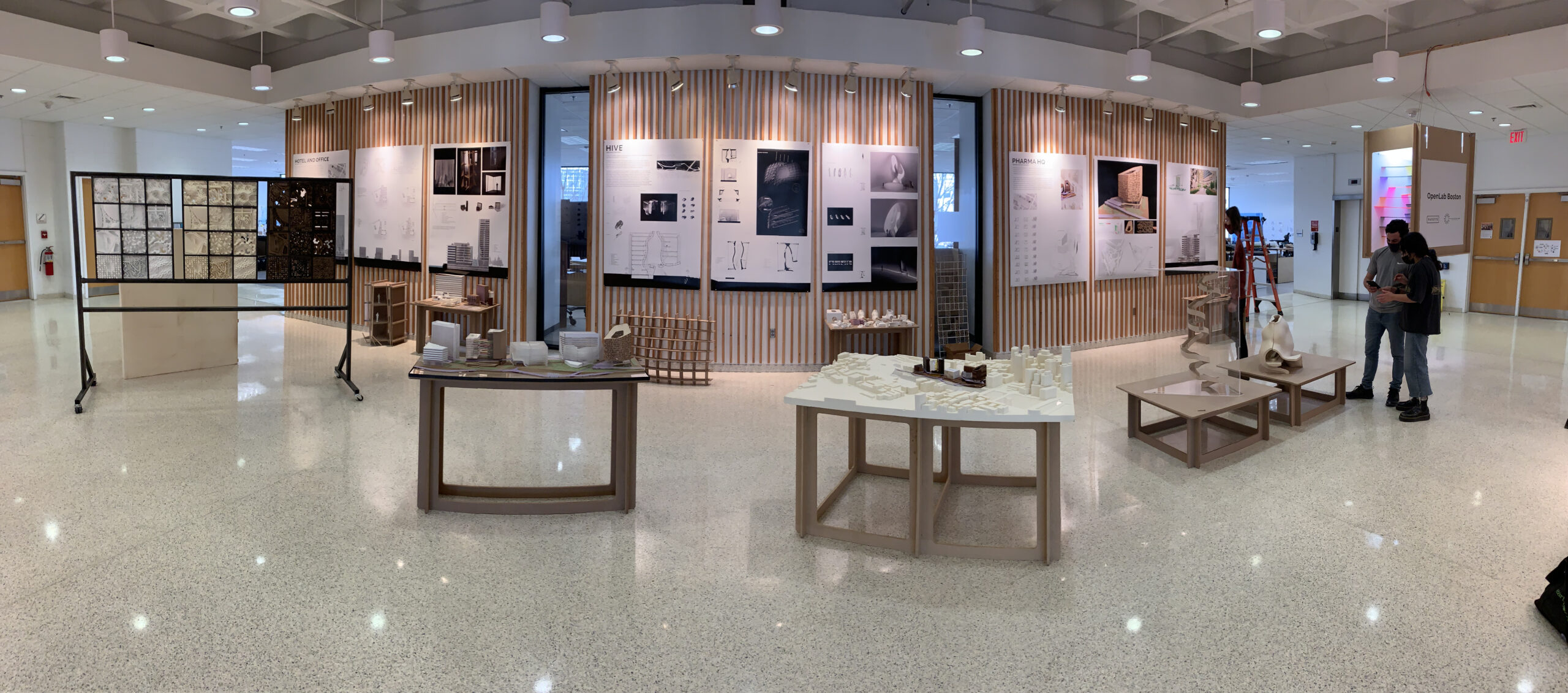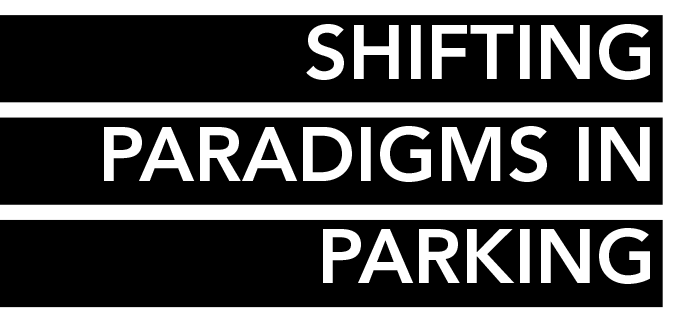Paul R. Battaglia, AIA, a principal at Clark Nexsen and the current chair of the AIA Virginia J.E.D.I. Committee recently interviewed fellow J.E.D.I. committee member Mia Gilliam, Assoc AIA, who is also the chairperson of the DEI Resource Group (DEIRG) at Wiley|Wilson about the firm’s experience selecting and hiring a Diversity, Equity and Inclusion (DEI) consultant. The firm has retained the Virginia Center for Inclusive Communities (VCIC), based in Richmond, Va., to assist in their efforts.
More »Architecture Billings Index Slows but Remains Strong
Architecture firms reported increasing demand for design services in May, according to the latest Architecture Billings Index report released June 22, 2022, by The American Institute of Architects (AIA).
The ABI score for May was 53.5. While this score is down from April’s score of 56.5, it still indicates very strong business conditions overall (any score above 50 indicates an increase in billings from the prior month). Also in May, both the new project inquiries and design contracts indexes expanded, posting scores of 63.9 and 56.9 respectively.
“The strength in design activity over the past three months has produced a broader base of gains. The Northeast region and Institutional sector have struggled with slow billings activity, but now have posted consecutive months of positive scores.” said AIA Chief Economist, Kermit Baker, Hon. AIA, PhD. “With the improvement in inquiries and new design projects, demand for design services will likely remain high for the next several months, despite strong economic headwinds.”
Key ABI highlights for May include:
- Regional averages: West (59.3); Midwest (56.8); South (52.3); Northeast (51.4)
- Sector index breakdown: commercial/industrial (57.7); mixed practice (56.2); multi-family residential (54.5); institutional (51.7)
The regional and sector categories are calculated as a three-month moving average, whereas the national index, design contracts and inquiries are monthly numbers. To learn more about recent economic developments impacting design and construction, visit AIA’s website.
Architecture Billings Index Moderates Slightly, Remains Strong
For the fifteenth consecutive month architecture firms reported increasing demand for design services in April, according to the May 18, 2022 Architecture Billings Index (ABI) report from The American Institute of Architects (AIA).
More »Restoring Curved Stained Glass Windows
When Virginia Commonwealth University decided to embark on a rehabilitation of the Scott House, it was evident that the stained glass windows of the ornate Breakfast Room would require specialized repairs. The deflection of the glass was to the point of physically separating from the metal matrix that joins the pieces of glass, known as cames, posing a threat to the physical integrity of the windows. Adding a layer of complexity to the challenge was the fact that each window was curved and the cames were zinc, not the typical lead.
More »Blooming Building Exposition Adds Five Pavilions to UVa
Five temporary pavilions have been constructed at the University of Virginia that uniquely address how design and function can respond to contemporary needs. They’re part of the Biomaterials Building Exposition, curated by Katie MacDonald, AIA, and Kyle Schumann, principals of After Architecture and instructors at the University of Virginia’s School of Architecture. They’re also part of an important global research effort to decarbonize design and construction with the use of rapidly renewable materials, which many experts see as advantageous to reducing embodied carbon and reducing the costs associated with climate positive design.
More »Practice, the Academy, and Experiential Learning
The evolving speed and dynamics of the workplace have diminished the ideal of the three-year architecture internship. The intent of the traditional office interface was to provide a bridge between education and the profession for young students entering practice. Graduates are now increasingly expected to be operational upon graduation. Seeking alternatives, the Center for Design Research in the School of Architecture + Design at Virginia Tech and Payette, the 2019 AIA Firm of the Year, have created an immersive practice, design, and research experience. The Nexus studio embeds ten students within the day-to-day workings of the office.
More »Shifting Paradigms in Parking
The parking infrastructure in America is spread out and occupies large pieces of land. As ride sharing mobility increases, parking needs are declining in urban areas around the world. This trend is expected to grow with the advent of autonomous driving vehicles.
As we recover from the pandemic, mobility has been replaced by communication. This intersection of current global circumstances (due to the pandemic) and transportation industry developments will give rise to a new typology of a transportation system of the future. In anticipation of this paradigm shift, many cities are preparing for this change with policy intervention or by modifying parking requirements for private and public development. Municipalities are recognizing that outdated planning policies make it difficult to build more multi-family homes within urban boundaries, thereby fueling an unprecedented housing shortage that is entirely artificial in origin.
More »




